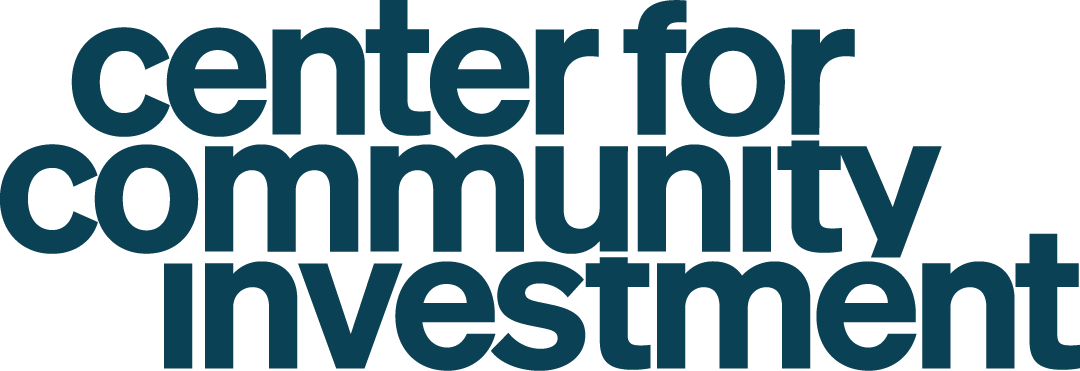Many have been writing over the past year about the power of Opportunity Zones (OZs) to usher in a new age of community development. In a March 7, 2019 post, Bruce Katz and Ross Baird describe the current community development system as largely dominated by a “closed loop of actors” that are federally driven, wedded to debt products, and housing-centric. They call for new institutions, managing the type of equity capital Opportunity Zones will generate, to spark “a new kind of purposeful growth.”
Katz and Baird, like many others, are optimistic about the transformative power of Opportunity Zones to create economic opportunity for residents in communities that have experienced disinvestment. And while Opportunity Zones hold the promise of directing capital to places that have experienced disinvestment, we suspect that this may be more exuberance than is warranted. The problem with over-exuberance is that it glosses over the ways in which, as a policy, OZs may very well exacerbate economic inequality.
The community investment system is not a closed loop of actors; it is made up of a broad and growing array of investors who seek to serve the public good while earning varying degrees of financial return. It includes community development financial institutions, development finance agencies, impact investors, banks, foundations, and increasingly, place-based anchor institutions such as hospital systems.
While many community investors do use federal resources and finance affordable housing, that’s not all they do. In many cases it’s no longer the predominant activity. CDFIs, for example, reported investing over $11 billion in low-income people and places in 2017. Of these investments, approximately one-third went to housing. The balance went to commercial real estate, community facilities, small businesses, and consumer loans. Less than 20 percent of the average CDFI balance sheet comes from government sources. They are not “federally driven,” but are required by their CDFI certification to be community driven, accountable to their target markets.
Katz and Baird assert that local communities need a new type of local institution, and that Opportunity Zones can seed them. This is a stretch. It may be true that certain capacities are missing from local community development ecosystems. Katz and Baird have described the problem well, stating that “community development…doesn’t have the scale necessary to address the quintuple whammy of technological displacement, deindustrialization, depopulation, housing foreclosures and institutional racism, nor the tools or mechanisms to deal with the education, skills and wealth gap that divides our cities, metropolitan areas and nation.” We agree, and would add climate change mitigation and adaptation to the list. However, Opportunity Zones are not nearly an adequate solution.
We are dubious that the availability of market-rate equity capital incentivized by the Opportunity Zones benefit will be catalytic. A reason community investors don’t use equity products more often is because investments that are truly impactful often do not yield a market rate of return on equity without extracting wealth from low-income communities, rather than building it. It’s usually not a strategy that puts equitable development front and center.
The Center for Community Investment is on a quest to improve the ability of communities to unlock the capital they need to thrive. We believe that as communities develop better coordinated, more strategic approaches to organizing demand for capital, supply will follow. Such work requires local stakeholders to come together to create shared priorities, to develop a pipeline of transactions that align with those priorities, and to improve the enabling environment so that it supports new investments at scale. The work requires a commitment by local actors to engaging with each other more intentionally. It’s hard work, but there are no shortcuts to building wealth and achieving mobility from poverty, especially in communities that have suffered from systemic discrimination for decades.
As policy, Opportunity Zones are deeply flawed; community investment practitioners are trying to leverage them as well as possible to serve community goals. The Investment Prospectus, developed by Katz along with Accelerator for America, is a productive tool that promises to help cities proactively attract OZ investors. But Opportunity Zones are designed with one beneficiary in mind: the owners of capital. With no requirement for those who reap the rewards of Opportunity Zones to do anything but extract profit, achieving outcomes that help existing resident of OZs will be entirely voluntary. That’s why it’s especially important for communities to build their capital absorption capacity, so that they will know what they need and be better prepared to shape the terms of investment when programs like OZs come along. Opportunity Zones are otherwise a policy that will, by design, perpetuate a status quo that we’ve become far too accustomed to accepting: a system where benefits accrue most to those at the top of the income distribution.
We hope that Opportunity Zones will generate a net benefit to communities. We expect that some mission-driven investors will find ways to make the incentive work to create equitable outcomes. A few are already doing so. We don’t need a new wave of institutions that are technically skilled at extractive investment. We need empowered communities whose long-term stakeholders collaborate with each other to make their communities investable.
(Photo by Derek Hyra: Redeveloping Shaw/U Street neighborhood in Washington, D.C.)
